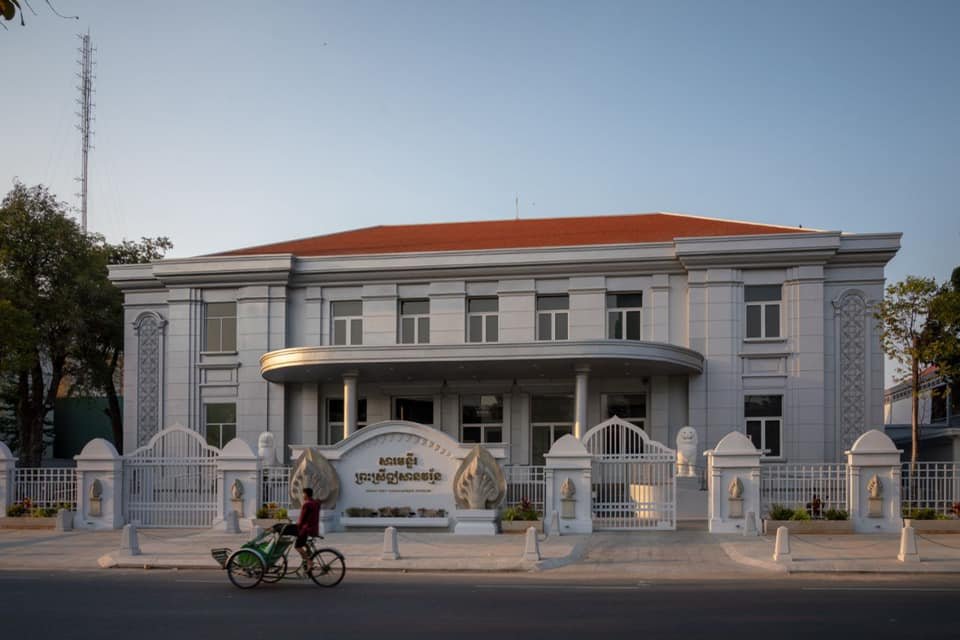In the lush forests of Cambodia, there is a treasure trove of knowledge that has been preserved for centuries in the form of Khmer sastras. These manuscripts, written in Pali and Khmer, were created during and after the Khmer Empire, which lasted from the 9th to the 15th century. They contain a wide range of information on topics such as Buddhism, literature, medicine, astronomy, and law.
The earliest known evidence of Khmer sastras dates back to the 12th century, as depicted in a bas-relief in the grandiose Angkor Wat temple. The Chinese visitor Zhou Daguan, who toured the Khmer capital in 1292, also documented that monks would recite daily prayers from books made of palm leaves.

The manuscripts were made from the dried leaves of the Corypha lecomtei palm tree, which were ordered and tied together in what is known as an olla book or palm-leaf manuscript. The tradition of producing olla books in Cambodia goes back to the influence of Indian civilization in the region.
Khmer literature is divided into three main categories: Tes, containing sacred Buddhist knowledge; Sāstrā lbaeng, with literary verses for general entertainment; and Kbuon, containing technical knowledge such as medicine, pharmacopoeia, astronomy, law, chronicles, magics, divination, or demonology.

During the Angkorian era, Khmer sastras were made by monks in the Khmer temples and stored in monastery libraries. These libraries were constructed from wood and sometimes fitted with a multi-tiered roof, sitting in the middle of small ponds, to protect them from termites.
Today, Khmer sastras can be found in pagodas, serving as library storehouses of Khmer sastras and literary works. However, the manuscripts are prone to damage from mold, insects, moisture, and weather, especially in a tropical climate. To preserve them, a strategy of minute copying has been the usual recipe for the Buddhist monks.

Most of the present-day Khmer sastras were probably produced in the 19th century as copies of earlier texts. Since the 1980s, several groups, organizations, and institutes in Cambodia and abroad have been working to preserve the Khmer sastras for the future. Many of the ancient manuscripts have now been digitized, and efforts are ongoing to ensure their continued survival.

The Khmer sastras represent an important part of the cultural heritage of Cambodia and Southeast Asia. They are a testament to the rich history and intellectual achievements of the Khmer Empire, and they provide valuable insights into the society, religion, and beliefs of ancient Cambodia. As such, their preservation is of great importance, not only to the people of Cambodia but also to scholars and enthusiasts around the world.
Photo credit to the owners!








